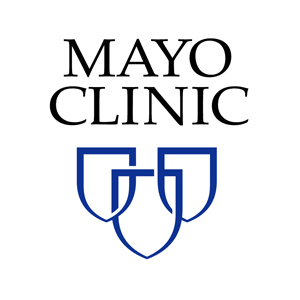 Mayo Clinic and Gentag, Inc. have established an agreement to advance the next generation of wearable biosensors specifically designed to address diabetes and obesity.
Mayo Clinic and Gentag, Inc. have established an agreement to advance the next generation of wearable biosensors specifically designed to address diabetes and obesity.
“We are hoping that this technology will be game-changer. These patch biosensors may help us reduce global obesity and diabetes. They are accurate, inexpensive, and can be integrated into the care people receive,” said James Levine, who is an obesity researcher and Mayo Clinic endocrinologist.
These wearable sensors are as tiny as a small bandage and were designed to be wireless, painless and disposable. A sensor is embedded in the bandage and allows communication through a closed-loop management system for diabetes and is compatible with smartphones. The system will enable researchers to observe movement and symptom severity while further advancing treatments for obesity and other related or similar conditions.
A shared intellectual property (IP) understanding with Mayo Clinic assured the development and research of this tool. Gentag and Mayo Clinic signed a joint patent covering IP related wearable patch sensors and wireless communication technologies. The agreement presupposes that certain patent rights and technologies of both Gentag and Mayo Clinic will be combined and sold.
The two companies will be collaborating with third parties licensed to provide Mayo Clinic’s expertise in clinical and medicine practices to the public for the advancement of the next generation of wearable skin patch technologies from Gentag in the fields of obesity and diabetes management. More than 50 technologies and issued patents are being offered for licensing under this partnership.
“We are thrilled to be cooperating with the Mayo Clinic on these amazing new wireless technologies. We look forward to working with the medical device community to get this technology into the marketplace,” said John Peeters Gentag’s CEO.
In related news, a temporary tattoo innovatively designed to extract and measure the levels of glucose in the fluid stored in between skin cells has been tested by nano engineers at the University of California, San Diego. This is the first-ever example of the easy-to-wear and flexible device, and could be a huge step towards noninvasive glucose testing for patients living with diabetes. The study for this technology was published in the journal Analytical Chemistry and is titled, “Tattoo-Based Noninvasive Glucose Monitoring: A Proof-of-Concept Study.”


